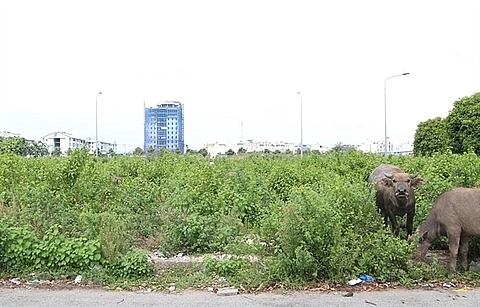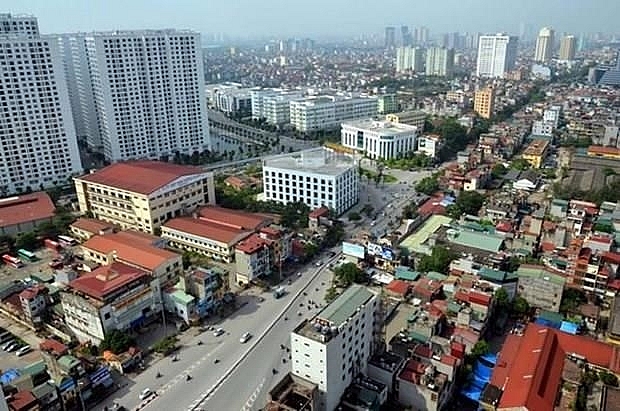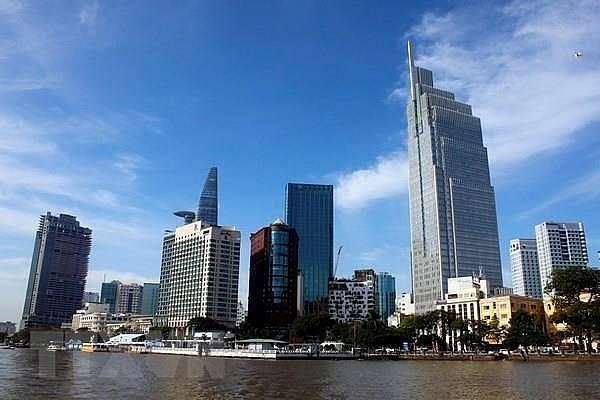More investors are pouring money into underdeveloped provinces where land is cheaper than in HCM City and other big cities.

More investors are buying land in remote or underdeveloped regions due to cheaper prices and potential for growth in value.- VNA/VNS Photo Tran Xuan Tinh
Investor Pham Thi Trang of HCM City told Dau Tu(Investment) newspaper that she had bought 2,000sq.m of land in Long An Province’s Moc Hoa District for around VND1 million (US$43.2) per sq.m.
The cheap land is close to the provincial border and has unspoiled beauty, and because of its border location, it could double or triple in value in the future, Trang said.
Another investor, Le Thuan from Binh Duong Province, bought land for VND600,000 per sq.m last year in Ninh Thuan Province’s Thuan Nam District.
Though the land is located in a remote area, Thuan said the province would develop beach tourism and other profitable fields in the future.
Many real estate companies in HCM City are also buying land plots in regions such as Long An, Vinh Long, Binh Phuoc and Binh Dinh. These purchases have raised property values in those areas.
Le Tien Vu, deputy general director of Cat Tuong Duc Hoa Real Estate Investment JSC, said that real estate investors in southern Viet Nam were seeking land in rural and remote areas.
Land in cities have high liquidity and profits, but available land in cities such as HCM City is becoming rare and prices have peaked.
Vu said the land in underdeveloped areas was cheaper and could increase in value in the future. His company’s investment in 50 hectares of land in Binh Phuoc Province has been successful.
Nguyen Van Hau, general director of Asian Holding Real Estate JSC, said that legal procedures for land in such undeveloped areas were not as cumbersome and slow as those in city centres.
The land in these areas is also not affected by industrial air pollution, traffic congestion and noise pollution, and has high tourism potential if it is close to the ocean, forests or mountains, according to Hau.
In addition, expressway, airport and railway infrastructure development in recent years and in the next 10 years will make the land more profitable in the long run.
However, a representative from the Viet Nam Real Estate Association has warned investors that the growth of the value of land might drop unpredictably because that infrastructure development and big projects near these land plots might not occur as planned.
Investing in such regions, where returns on investments can take a long time, may also reduce investors’ capital that could be used for other opportunities.
Experts have told investors to carefully assess their capital and ability to withstand a lack of returns for a long period.
The HCM City Real Estate Association said in the first six months of this year, the amount of residential property up for sale was only 39.1 per cent of the figure in the same period last year.


